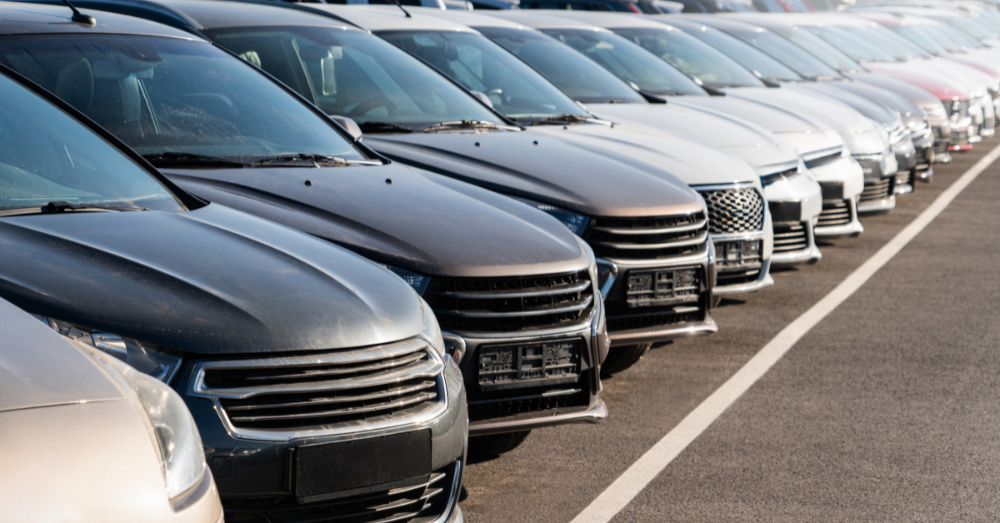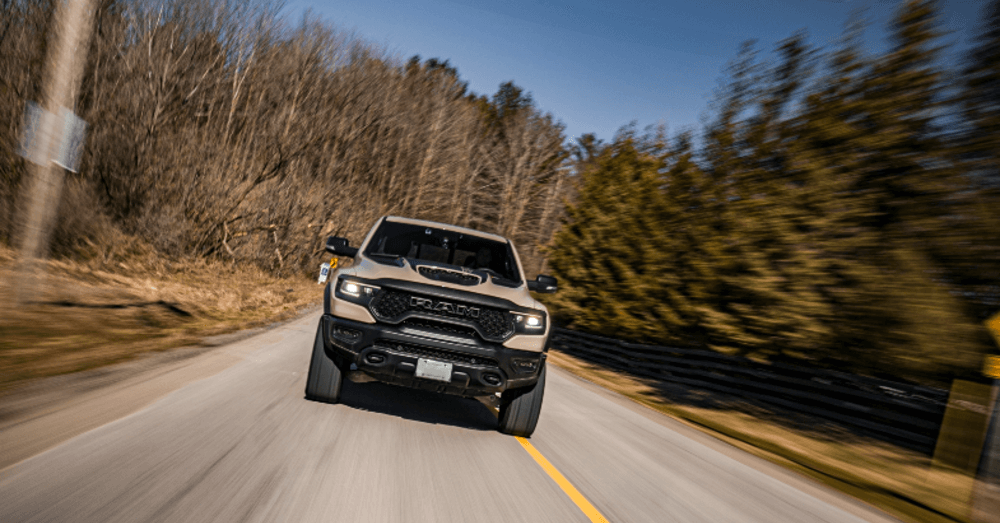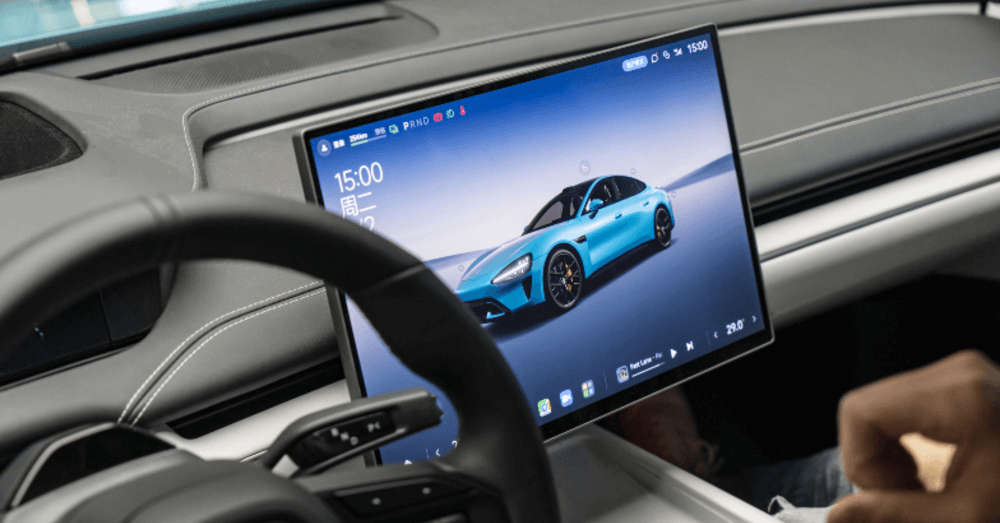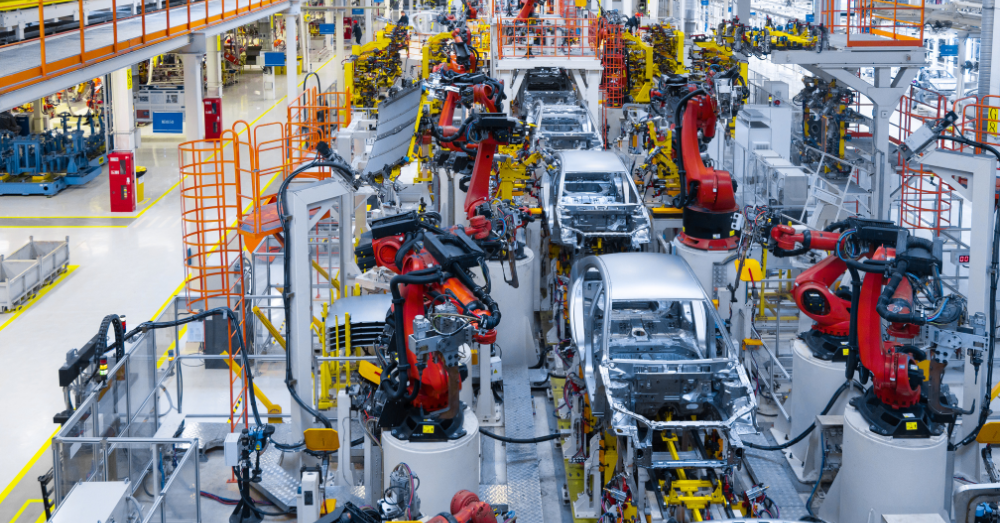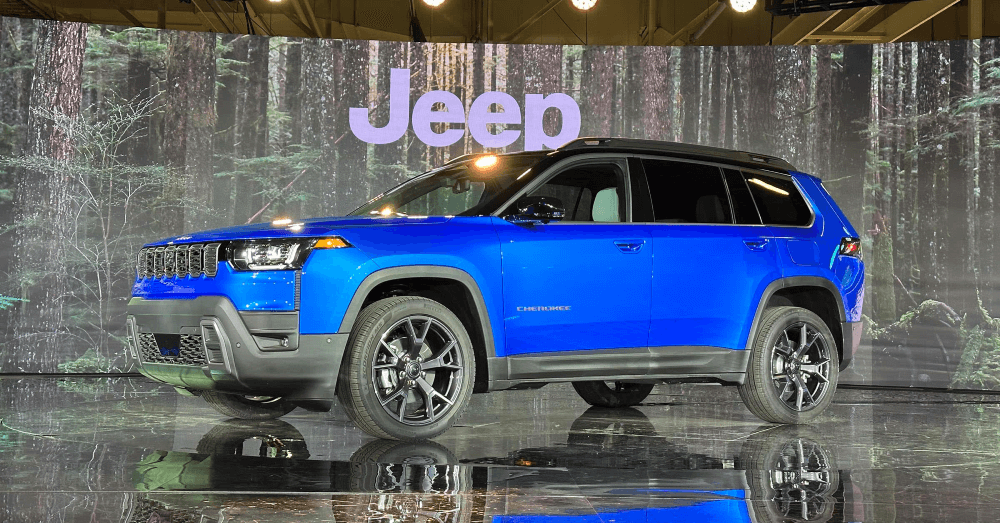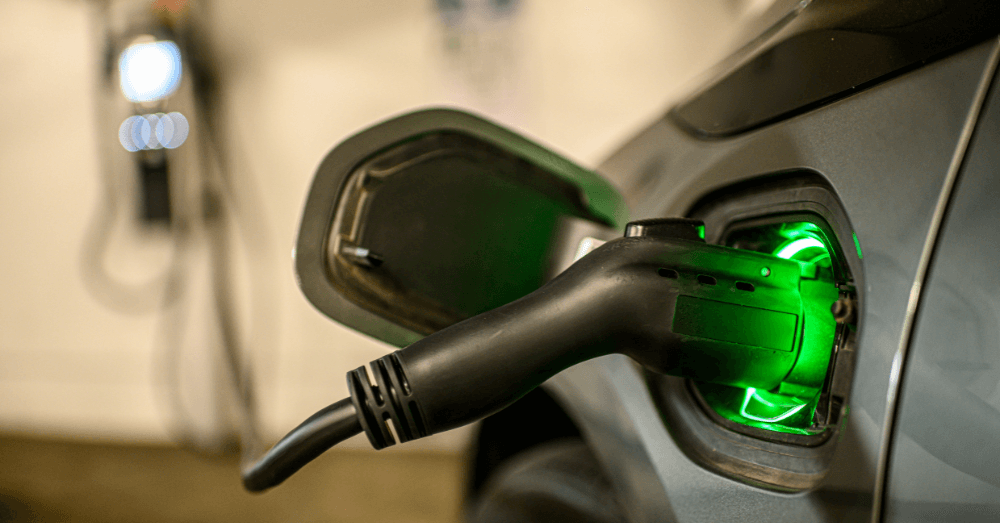Walk into any dealership this year and you’ll notice something interesting. While the shiny new models grab attention with their sticker prices hovering near $49,000, smart buyers are gravitating toward the used lot. There’s a good reason for that. Despite some recent price fluctuations, pre-owned vehicles continue to offer the best deal for anyone who wants reliable transportation without the financial headaches.
- Used cars average $25,500 compared to nearly $49,000 for new vehicles, offering almost 50% in savings right off the bat.
- The steepest depreciation happens in year one when new cars lose up to 20% of their worth, which you completely avoid by buying used.
- Today’s 3-5 year-old vehicles come loaded with modern safety features and tech, giving you near-new performance at a fraction of the cost.
The Price Gap Keeps Getting Wider
Here’s what the numbers tell us. The average used car sits around $25,512 in late 2025, while new cars command prices near $48,841. That’s not a small difference. We’re talking about saving enough money to fund a nice vacation, handle emergency expenses, or put toward retirement. Even better, prices have fallen over $5,000 from their pandemic peak of over $31,000 back in 2022.
This gap matters because financing costs remain high. With interest rates on used car loans around 14%, you’ll want to borrow less money. A lower purchase price means smaller monthly payments, even when rates aren’t great.
That Sweet Spot Between Old and New
The real winners in today’s market are buyers targeting 3-5 year old vehicles. These cars give you the best of both worlds. You get modern features like backup cameras, blind spot monitoring, and smartphone integration without paying premium prices. Most are still covered by some portion of their original warranty too.
Supply is tighter than it used to be for these newer pre-owned vehicles. The pandemic slowed production from 2021-2022, which means fewer of those models hit the used market now. But that doesn’t mean you can’t find them. Places like used car dealers Seymour, Indiana and similar local markets still maintain good inventory of late-model vehicles. You just need to do your homework and move when you find the right fit.
Skip the Depreciation Disaster
New cars lose about 20% of their worth the moment you drive off the lot. That’s not an exaggeration or a scare tactic. It’s documented reality. Over five years, that same vehicle will shed roughly 60% of what you paid. When you buy a used car that’s already a few years old, someone else ate that loss. You get to enjoy the vehicle during its prime years without watching thousands of dollars evaporate.
Think about it this way. If you buy a $48,000 new SUV today and sell it in three years, you might get $30,000 for it. Buy that same SUV as a three-year-old model for $30,000, drive it for three more years, and you’ll probably still get $20,000 when you sell. The financial math works way better on the used side.
Lower Costs Beyond the Purchase Price
The savings don’t stop at the dealer. Insurance companies charge less to cover older vehicles. Registration fees in most states scale with vehicle worth, so you’ll pay less at the DMV too. These add up month after month, year after year.
The Market Is Calming Down
After years of wild price swings, the used car market is settling down. Experts predict that 2025 will see continued steadiness with only modest price movements. That’s good news for buyers who want to plan their purchase without worrying about massive shifts in either direction.
New car incentives are getting better, which puts pressure on used car sellers. This creates opportunities to negotiate better deals, especially after major sales periods like Memorial Day or Labor Day when trade-ins flood dealerships.
Making It Work for Your Wallet
What matters most is approaching your search strategically. Get pre-approved for financing before you shop so you know exactly what you can afford. Research which models hold up well over time and have strong reliability ratings. Honda Accord, Toyota Camry, and many popular SUVs fit this bill. Always get a pre-purchase inspection from an independent mechanic. Spending $100-150 upfront can save you thousands down the road.
Look for certified pre-owned options when possible. These vehicles cost more than regular used cars but come with extended warranties and thorough inspections. They split the difference between new and used in a way that gives buyers peace of mind.
Bottom line? Unless you need the latest technology or a specific feature only in brand new models, used cars deliver better financial sense in 2025. The market has leveled out, inventory is manageable, and the price gap between new and used remains wide enough to justify going pre-owned. Your wallet will thank you, both now and years ahead when you’re not buried in depreciation losses.

